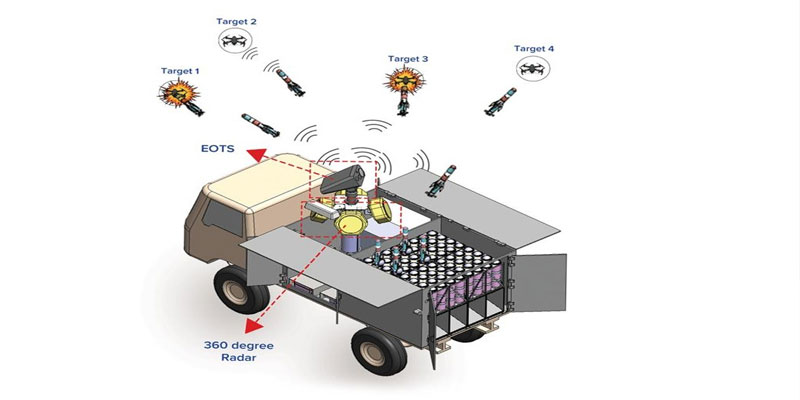- Scientists at the Indian Institute of Science (IISc) have made a significant breakthrough in cancer research by developing a new method to detect and kill cancer cells.
- The team has created hybrid nanoparticles
- The hybrid nanoparticles exhibit photothermal, oxidative stress, and photoacoustic properties.
- When exposed to light, these particles absorb it and generate heat, effectively killing cancer cells.
- So far, the nanoparticles have been tested on lung and cervical cancer cell lines in laboratory settings.
- Findings are detailed in a study published in ACS Applied Nano Materials
Scientists at the Indian Institute of Science (IISc) have made a significant breakthrough in cancer research by developing a new method to detect and kill cancer cells. The team has created hybrid nanoparticles, composed of gold and copper sulfide, which can destroy cancer cells through heat generation and enable their detection using sound waves.
This innovative approach was detailed in a study published in ACS Applied Nano Materials. The hybrid nanoparticles exhibit photothermal, oxidative stress, and photoacoustic properties.
When exposed to light, these particles absorb it and generate heat, effectively killing cancer cells. Additionally, they produce toxic singlet oxygen atoms that further contribute to the destruction of cancer cells. Beyond their therapeutic potential, these nanoparticles also offer diagnostic capabilities. They can absorb light and generate ultrasound waves, enabling the detection of cancer cells with high contrast.
This property could enhance the accuracy of cancer diagnosis as sound waves scatter less than light when passing through tissues, providing clearer images and more precise measurements of oxygen saturation in tumors.
The IISc team’s innovation addresses a key limitation of previously developed nanoparticles – their large size. By employing a unique reduction method, the researchers were able to deposit tiny seeds of gold onto the copper sulphide surface, creating hybrid nanoparticles less than 8 nm in size.
These minuscule particles can potentially navigate through tissues easily and reach tumors, while also being small enough to leave the human body naturally without accumulating.
So far, the nanoparticles have been tested on lung and cervical cancer cell lines in laboratory settings.
The next step for the IISc team is to advance these promising results towards clinical development, marking a significant stride in the fight against cancer.
(With inputs from agencies)





